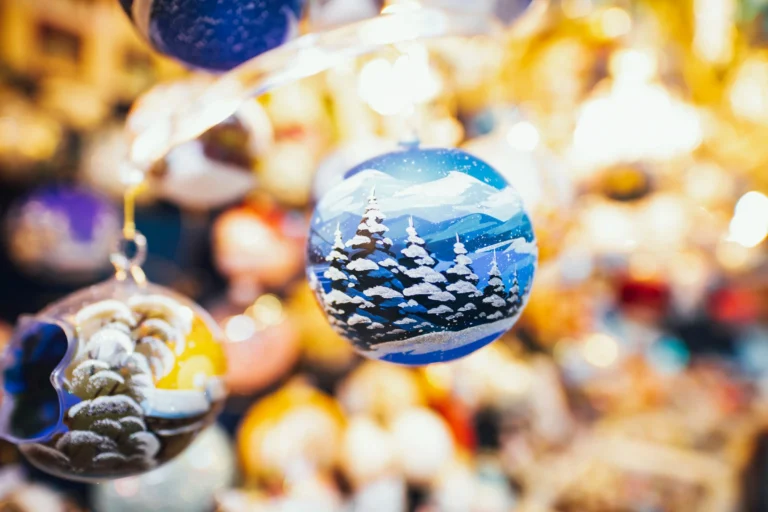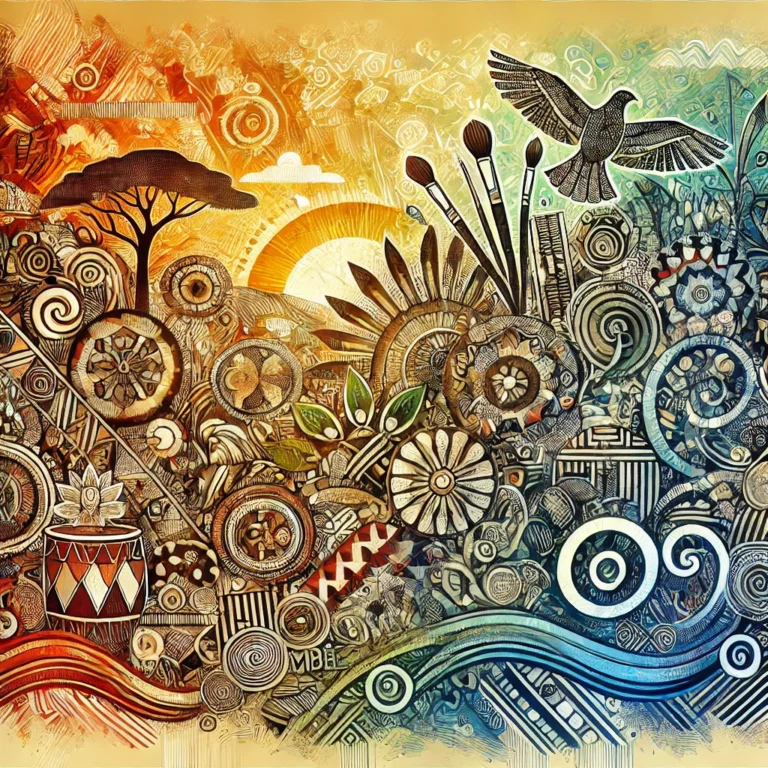
Ravennati is a term that resonates with rich cultural significance and history, particularly associated with the beautiful city of Ravenna in Italy. This article aims to unravel the layers of what Ravennati means, exploring its origins, cultural context, and contemporary interpretations. Whether you’re a history enthusiast, a traveler, or simply curious about this intriguing term, understanding Ravennati can enhance your appreciation for the art and traditions that define this remarkable place.
The Origins of Ravennati
To grasp the essence of Ravennati, we must start at the beginning. The term is closely linked to the city of Ravenna, which served as the capital of the Western Roman Empire during the fifth century. Ravenna is famous for its stunning mosaics and rich history. The name “Ravennati” likely stems from the Latin word “Ravenna,” reflecting the identity of its people and their deep-rooted connection to this historic city.
The history of Ravenna is a tapestry woven with influences from various civilizations. From the Byzantine Empire to the Gothic rulers, each period has left an indelible mark on the culture and identity of the Ravennati community. Exploring these influences helps us understand how the term has evolved over time and what it signifies today.
Key Figures in Ravennati History
Throughout its rich history, many significant figures have emerged from Ravenna, shaping its cultural landscape. These individuals have played vital roles in the arts, politics, and religion, influencing not just the city but also broader European history.
One of the most notable figures is Dante Alighieri, the celebrated poet known for his epic work “The Divine Comedy.” Although Dante was originally from Florence, he spent his final years in Ravenna, where he was buried. His presence in the city has solidified a cultural bond between him and the Ravennati people, as they celebrate his contributions to literature and the arts.
Another key figure is Galla Placidia, the daughter of the Roman Emperor Theodosius I. Galla Placidia was instrumental in the political affairs of Ravenna during the early 5th century and is known for commissioning some of the most stunning architectural works in the city, including the Mausoleum of Galla Placidia, which features exquisite mosaics. Her legacy continues to influence the identity of the Ravennati.
Ravennati Traditions and Customs
The cultural identity of the Ravennati people is steeped in traditions and customs that have been passed down through generations. One of the most prominent aspects is the local cuisine, characterized by fresh ingredients and traditional recipes. The culinary scene in Ravenna reflects the region’s agricultural bounty, featuring dishes that highlight local flavors and seasonal ingredients.
Festivals play a crucial role in the Ravennati culture. Events like the Ravenna Festival, held annually, celebrate music, dance, and theater, drawing participants and spectators from around the world. These festivals not only showcase the artistic talent of the Ravennati but also foster a sense of community and pride among the residents.
Additionally, the traditional crafts of the Ravennati people, such as mosaic-making, continue to thrive. This ancient art form, deeply rooted in Ravenna’s history, is a source of pride and identity for the community. Workshops and classes are held to teach this intricate craft, ensuring that future generations appreciate and carry on the legacy of Ravennati.
Modern Interpretations of Ravennati
In today’s globalized world, the meaning of Ravennati has expanded beyond its historical roots. The term now encompasses a sense of belonging and shared appreciation among people who admire Ravenna’s cultural richness. Social media has played a pivotal role in this modern interpretation, allowing individuals from diverse backgrounds to connect over their love for the city and its heritage.
Online communities dedicated to Ravennati have emerged, where enthusiasts share stories, artwork, and photographs related to Ravenna. This digital engagement not only fosters a sense of global community but also highlights the ongoing relevance of the term in contemporary discourse.
Ravennati in Popular Culture
Ravennati has also made its way into popular culture, appearing in various forms of media, including films, literature, and art. The city’s stunning architecture and rich history provide fertile ground for storytelling, inspiring creators to incorporate elements of Ravenna into their works.
For instance, filmmakers often use Ravenna as a backdrop for their stories, taking advantage of its picturesque streets and historic sites. Additionally, writers may draw upon the city’s rich narrative tradition, crafting tales that reflect the cultural nuances of the Ravennati identity.
Future of Ravennati
As we look ahead, the future of Ravennati appears promising. The ongoing efforts to preserve and promote the cultural heritage of Ravenna ensure that this term will continue to thrive. Initiatives aimed at supporting local artists, artisans, and cultural events contribute to a vibrant and dynamic community.
Furthermore, the increasing interest in cultural tourism presents an opportunity for the Ravennati people to showcase their unique identity to a global audience. By sharing their history, art, and traditions, they can invite others to experience the richness of their culture firsthand.
Conclusion
Ravennati, with its deep historical roots and vibrant cultural identity, embodies a rich tapestry of heritage that deserves recognition. From the influential figures who shaped its history to the traditions that define its people today, the concept of Ravennati is multifaceted and evolving.
As we explore the significance of Ravennati, we not only honor the past but also celebrate the connections that bind us in the present. By appreciating the nuances of this term, we contribute to the preservation of a cultural legacy that is both unique and universal. Whether you are a local or a visitor, embracing the essence of Ravennati enriches our understanding of community, identity, and the enduring power of culture.
In an ever-changing world, the story of Ravennati continues to unfold, inviting us all to be part of its narrative. Let us cherish and uphold the legacy of Ravennati, ensuring that its beauty and significance endure for generations to come.





